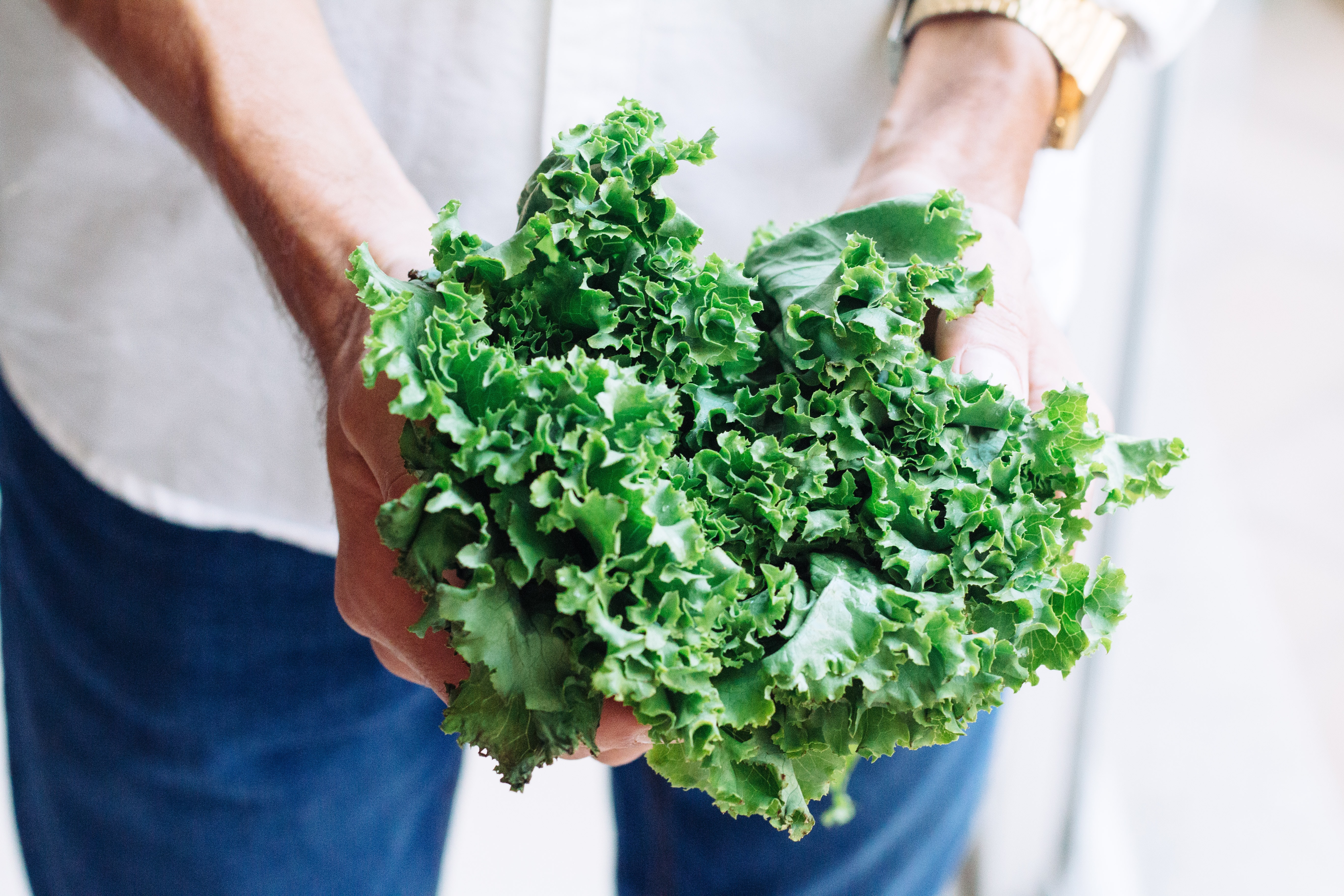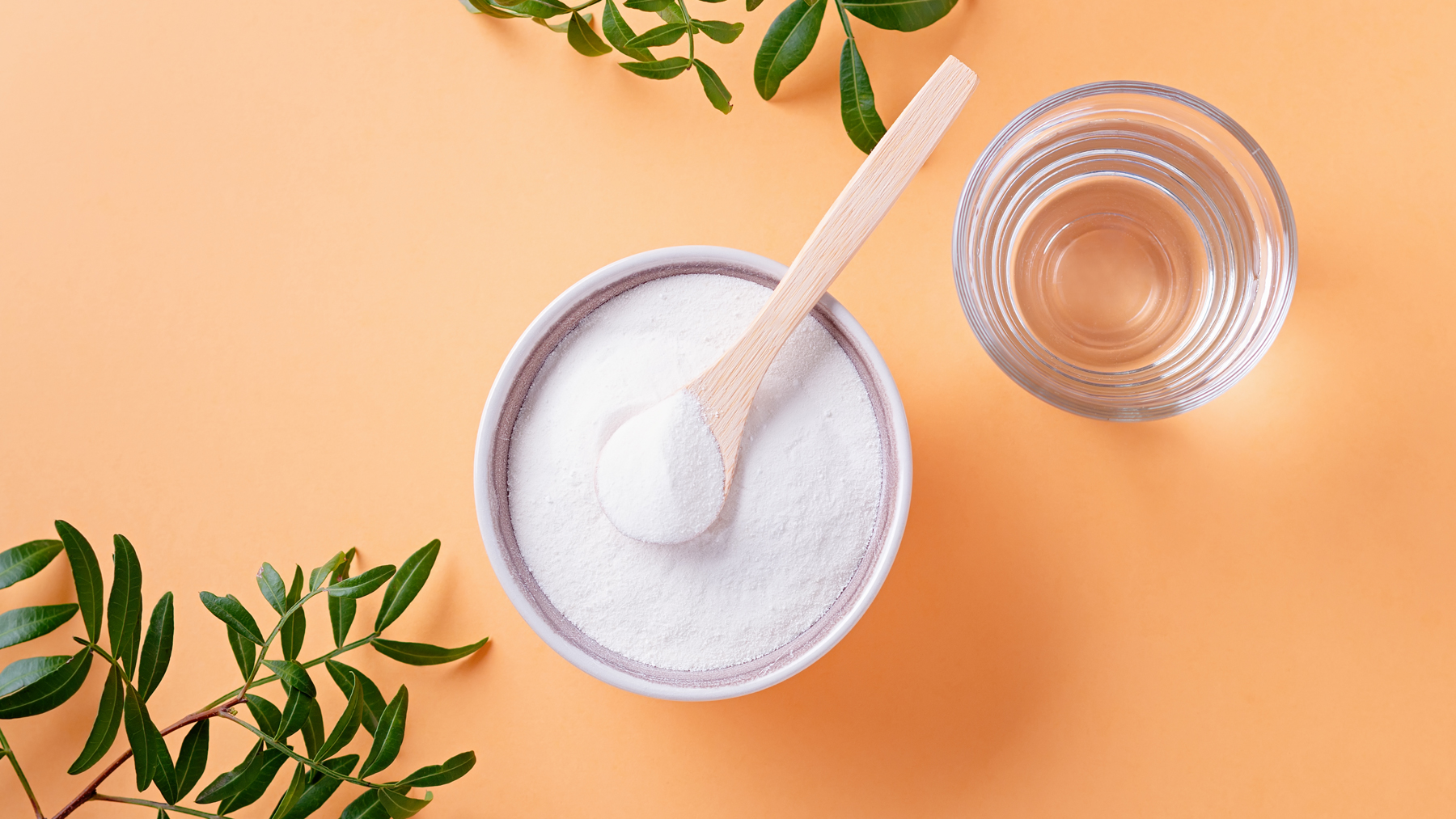Food for joint pain: Eight anti-inflammatory ingredients to reduce joint pain
Eating food for joint pain is a low-cost way to improve your diet and protect your body


Eating food for joint pain can ease the causes of soreness, reduce inflammation, and help manage chronic pain. Joints are where bones meet, and if they start to rub against each other, this can cause soreness and even intense pain.
That's why many people add the best supplements for joints into their daily routine, as these help you stay topped up on important nutrients that can protect your joints. Fortunately, you can also make a few changes to your diet to ease the pain too.
Including food for joint pain in your meals is a great way to reduce discomfort, but you won't need to break the bank every time you go to the store. These ingredients are low-cost, work well in various meals, and are primarily long-lasting.
Cooking from scratch is also an affordable self care idea, so you can protect your mind and look after your body at the same time. We'll take you through everything you need to know about food for joint pain so you can start to feel more comfortable.
Causes of joint pain
Joint pain is extremely common, especially as you age - about a quarter of Americans suffer with it, according to a study by the Centers for Disease Control and Prevention. It can affect any part of the body, from ankles and feet to shoulders and hands. But what causes joint pain? Some causes of joint pain include:
- Osteoarthritis - a “wear and tear” disease and the most common type of arthritis
- Rheumatoid arthritis - an autoimmune disorder that happens when the body attacks its own tissues
- Strains, sprains, and other injuries – from accidents, over-exercising or bad technique when training
- Bursitis - when sacs of fluid that help cushion joints get inflamed
- Gout - a form of arthritis that tend to affect the big toe joint
If you’re suffering from joint pain, the area that hurts might be swollen, inflamed, stiff and difficult to move, and what you eat, and even how much you weigh, plays a role in joint health.
“Diet has an impact on chronic inflammation, associated with both types of arthritis (inflamed joints), but so does being a healthy weight,” says Harriet Holme, nutritionist and Eating for Health podcast host.
Get the Fit&Well Newsletter
Start your week with achievable workout ideas, health tips and wellbeing advice in your inbox.
“Being overweight means you are more likely to develop osteoarthritis, both because of the increased chronic inflammation and load bearing from the extra weight.”

How diet affects joint pain
“Inflammation is the body’s natural immune response to infections and damage, and as a result, it is critical to your health,” says nutritional therapist Ami Sheward. “However, compounds found in certain foods can trigger the body to produce chemicals that cause inflammation in the joints and muscles, causing discomfort in the knees, back and other areas.”
Sugar, for example, triggers the release of cytokines, inflammatory messengers that contribute to inflammation and swelling of the joints. Sugar often has a different name on the ingredients list – and can be labeled as corn syrup, fructose, sucrose and maltose – so avoid this if you want to reduce joint pain.
“Processed foods, trans fats, processed meat, omega-6s and refined carbohydrates have a similar negative effect on joint health and have been linked to inflammation,” says Sheward. By contrast, omega-3 fatty acids can improve joint pain by reducing the production of molecules and substances linked to inflammation, such as inflammatory eicosanoids and cytokines, says Ami.
Food for joint pain
The good news is a study in the journal Nutrients has shown that there is a direct correlation between higher omega-3 intake and lower inflammation. Another study by the Journal of the National Medical Association found that patients taking cod liver oils reported reduced joint pain and increased grip strength.
“Your everyday routine can have a big impact on the health and longevity of your joints. A well-balanced, healthy diet will provide the body with the tools it requires to prevent further joint damage, which is critical for people suffering from joint pain,” says Sheward.
“Some foods have been shown to lower inflammation in the body, and eating an anti-inflammatory diet can improve symptoms. Including specific foods and spices in the diet can strengthen the bones, muscles, and joints and help the body to fight inflammation and disease.”
Oily fish
Oily fish is packed with omega-3, which is one of the reasons there are many benefits of fish oil.
“These polyunsaturated fats have anti-inflammatory properties so they may benefit people with joint pain,” says Sheward. Try to eat oily fish twice a week or take the best fish oil supplements if you're vegetarian or vegan.
Turmeric
Sheward also recommends adding turmeric to food. “This is a spice with a strong, earthy flavour that’s often used in curries and other Indian dishes. It has received a lot of attention for its content of curcumin, a powerful anti-inflammatory nutrient.”
Garlic
According to research published in the journal BMC Musculoskeletal Disorders, garlic can help fight inflammation and reduce joint pain. Like onions and leeks, it contains diallyl disulfide, an anti-inflammatory compound that limits the effects of pro-inflammatory cytokines. Therefore, garlic can help fight inflammation and may even help prevent cartilage damage from arthritis.
Olive oil
Holme says a Mediterranean-style diet can help improve joint health and pain. She recommends swapping saturated fats that are often found in animal products and meat for unsaturated fat such as extra virgin olive oil, rapeseed oil, avocado, nuts and seeds, which are all anti-inflammatory.
Wholegrains
“Ditch refined carbohydrates (white bread, white rice) in favour of wholegrains (brown rice, brown bread, millet, bulgur wheat), which is good for gut health,” says Holme.
If you have poor gut health, you are more likely to suffer from inflammatory conditions including rheumatoid arthritis. Learning how to improve gut health helps reduce inflammation, can improve your immune system, aid digestion, and boost your mood too.
Fermented foods
That’s why Holme also recommends eating lots of gut-friendly fermented foods like kimchi, sauerkraut and kefir, to reduce inflammation, and in turn, decrease joint pain.
Berries
“Dark fruit including cherries, blackberries and raspberries are loaded with antioxidants and anthocyanins and carotenoids, which give berries their deep color,” says nutritional therapist Sheward. “These compounds also help rid the body of free radicals that promote inflammation and help fight disease and certain cancers.”
Leafy greens
Sheward says: “Research shows that vitamin K-rich leafy greens like spinach and kale reduce inflammation, as do broccoli and cabbage.” Try and eat some leafy greens every day for maximum results.
Maddy Biddulph is a freelance journalist specializing in fitness, health and wellbeing content. With 26 years in consumer media, she has worked as a writer and editor for some of the bestselling newspapers, magazines and websites in the US and UK.
She is also a qualified L3 personal trainer and weight loss advisor, and helps women over 40 navigate menopause by improving their physical and mental strength. At Maddy Biddulph Personal Training, she runs one-to-one and small group training for menopausal women who want to get fit to ease symptoms and feel like themselves again.
-
 Build blockbuster arms and abs with Chris Hemsworth's go-to dumbbell circuit
Build blockbuster arms and abs with Chris Hemsworth's go-to dumbbell circuitAll you need are adjustable dumbbells and 20 minutes
By Sam Rider Published
-
 Forget crunches—if I wanted to improve core strength I'd do this neck-friendly Pilates workout
Forget crunches—if I wanted to improve core strength I'd do this neck-friendly Pilates workoutAnd it takes just five minutes
By Maddy Biddulph Published
-
 What does collagen do?
What does collagen do?Health What does collagen do? Professor Rod Hughes, a rheumatology expert, explains how collagen affects our bones, muscles, and skin as we age
By Jessica Downey Published
-
 What is the most common vitamin deficiency?
What is the most common vitamin deficiency?Active Aging Arm yourself with knowledge about the most common vitamin deficiency to avoid missing out
By Louise Bond Published